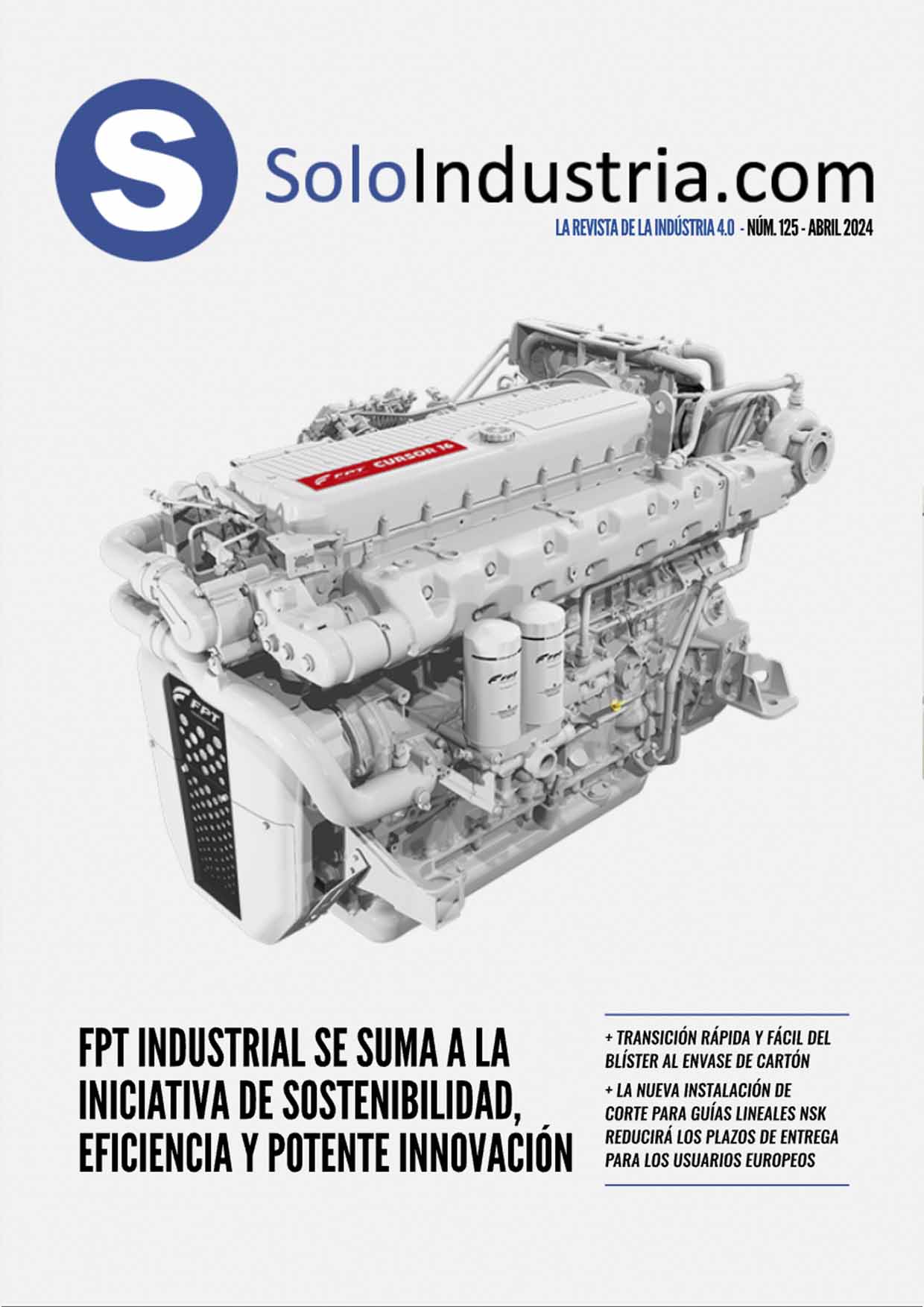In automatic transmissions, the switching unit is the central component that controls the clutch and the transmission brake in order to change gear depending on the engine load and the vehicle speed. In the manufacturing of the switchgear housing, the valve bores play a central role. For a significant increase in productivity during their machining, MAPAL has developed multi-bladed PCD tools with permanently brazed cutting edges.
The housings consist mainly of alloy diecast aluminium (AlSi9Cu3Mg). Demands for high quality are placed on their manufacturing. The tolerances of cylinder form < 8 μm, roundness < 4 μm and surface finish with Rz < 3 μm have to continually and reliably be achieved during production. These requirements are particularly put upon the mostly stepped valve bores. Their machining is divided into several machining sequences. In these situations, different tools are used for piloting, semi-finishing and finishing.
Since not every valve bore requires the maximum manufacturable precision, alongside the finely adjustable boring tools MAPAL also offers permanently brazed PCD fine boring tools which achieve a considerable reduction in process time, despite a tolerance range which is only minimally extended. In addition, the fixed multiple-bladed tools display their quality by eliminating the fine adjustment of the cutting edges, thereby minimising adjustment efforts.
Four cutting edges for a significantly shorter process time
For intermediate machining, a four-edged PCD tool with brazed cutting edges has been developed; which can be used as an alternative to a twin-edged standard tool as long as the length/diameter ratio as well as the stock situation allows. A significantly shorter process time and the required positional accuracy are thereby achieved. This is the basis for finish machining.
The outcome of the finishing depends largely on the quality of the intermediate machining. Previously, the high standards placed upon finishing work had been met by using a single-bladed finely adjustable PCD fine boring. Again, a new reliable and economical machining strategy has been designed. Depending on the requirement, three- to six-edged, fixed PCD fine boring tools are available for finishing work. These provide a significant improvement in cycle times with almost the same precision.
About MAPAL Dr. Kress KG
MAPAL – tooling the customer’s success
MAPAL Präzisionswerkzeuge Dr. Kress KG is one of the leading international suppliers of precision tools for the machining of practically all materials. The company founded in 1950 supplies leading customers from the automotive and aerospace industries and from machine and plant engineering. With its innovations the family-owned company sets trends and standards in production and machining technology. MAPAL sees itself as a technology partner, supporting its customers with the development of efficient and resource-conserving machining processes using individual tool concepts. The company is represented with production facilities, sales subsidiaries and representatives in 44 countries worldwide. In 2014 the MAPAL Group had 4,500 employees, generating sales of EUR 510 million.























